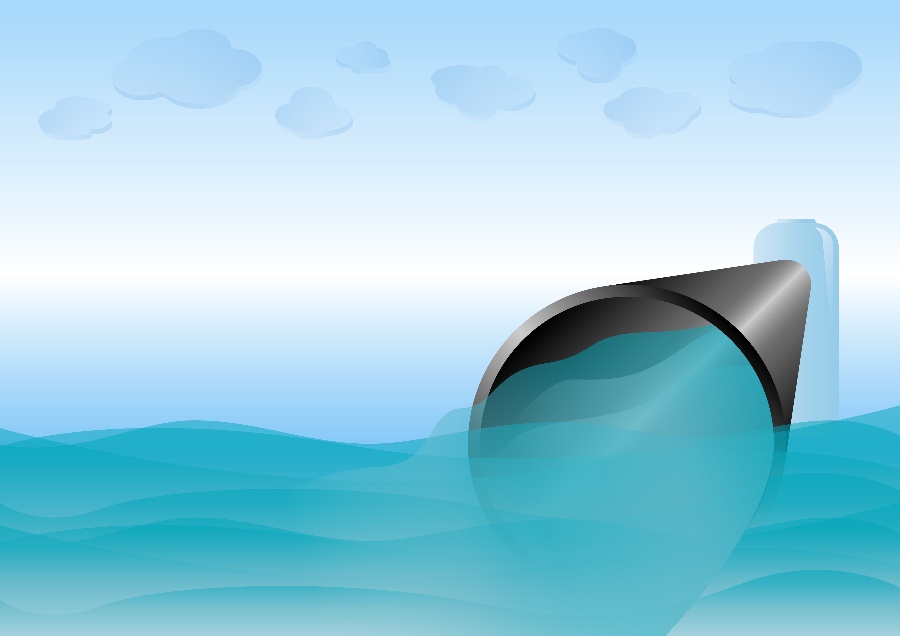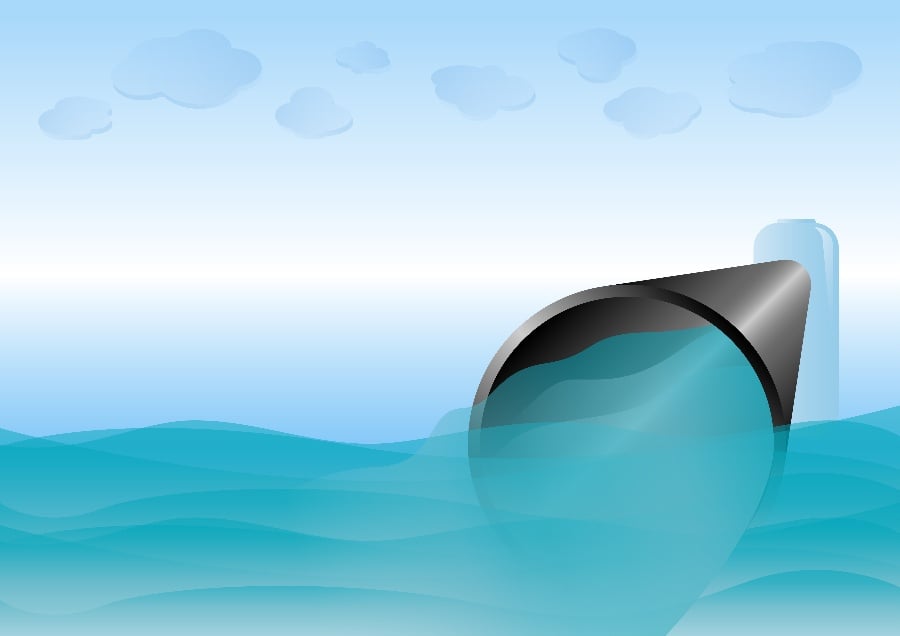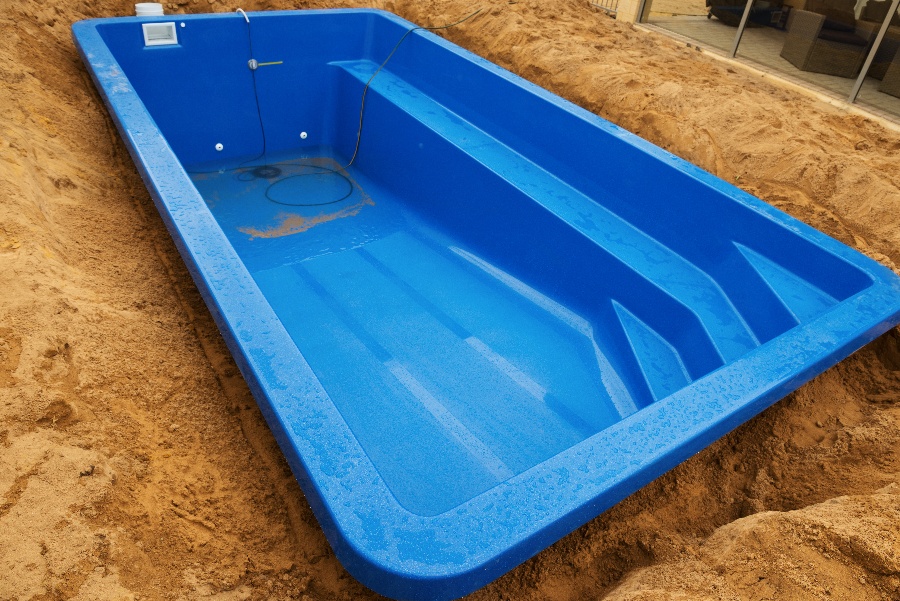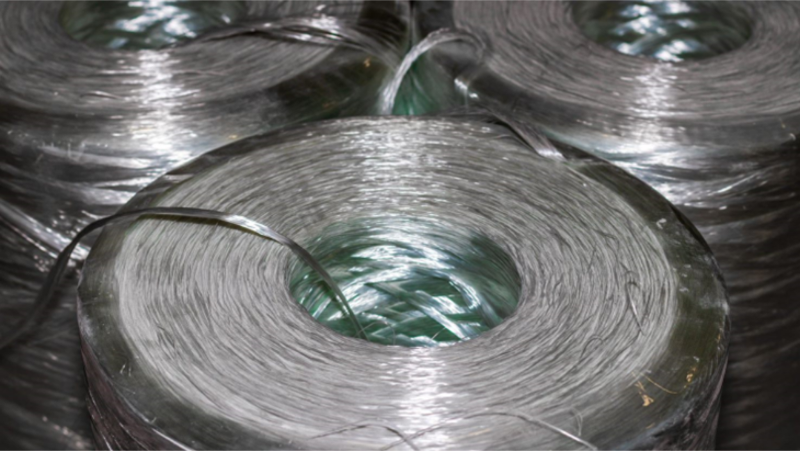
Seawater intake and filtration is an important process for providing clean drinking water to communities around the world. Seawater contains a high concentration of salt and other contaminants, making it unsuitable for drinking or many other uses.
Seawater intake and filtration is the process of collecting and filtering seawater to remove impurities and contaminants so that it can be used for various applications such as drinking water, irrigation, and industrial processes. Seawater is an abundant and easily accessible source of water, but it requires extensive treatment before it can be used for most applications due to its high levels of dissolved salts and other contaminants.
Designing seawater intake systems requires consideration of several factors, including the location, environmental impact, and intended use of the water.
The use of seawater intake and filtration systems has become increasingly popular in recent years due to their cost-effectiveness and portability. Portable desalination units have been developed that allow communities to access clean drinking water with just the push of a button.
Additionally, special types of filters are available that can separate salt from seawater, making it suitable for drinking or other uses.
Seawater Intake and Filtration Process
The process of seawater intake involves the collection of seawater from a nearby ocean or sea, usually through pipes or intake structures, and bringing it to a processing facility. The design and location of the intake system is important to ensure that the seawater is of sufficient quality for treatment and that the surrounding marine ecosystem is not adversely impacted.
Once the seawater is collected, it is treated to remove impurities and contaminants. The filtration process may involve several stages, depending on the intended use of the water. Some of the most common treatment methods for seawater include:
- Coagulation and flocculation: This involves adding chemicals to the water to help particles and contaminants to clump together, making them easier to filter out.
- Filtration: Seawater can be filtered using a variety of methods, such as sand filtration, membrane filtration, or activated carbon filtration, depending on the level of impurities and contaminants present in the water.
- Desalination: This is the process of removing salt and other dissolved minerals from seawater. The two most common methods of desalination are reverse osmosis and distillation.
- Disinfection: Once the water has been treated and filtered, it is disinfected to kill any remaining bacteria or viruses. Chlorination is a common method of disinfection, but other methods, such as UV disinfection, may also be used.
In addition to these treatment methods, seawater may also undergo pre-treatment processes such as screening, sedimentation, and pre-filtration to remove larger particles and debris before entering the main treatment process.
Seawater intake and filtration is a complex process that requires careful consideration of the location and design of the intake system, as well as the appropriate treatment methods to ensure that the resulting water is of high quality and suitable for its intended use.
Designing Seawater Intake Systems
Seawater intake systems are a crucial component of many desalination plants, district cooling plants, and other water-based projects. Designing a seawater intake system requires careful consideration of the project's goals and needs, as well as the environment in which it will be located.
When designing a seawater intake system, it is important to consider the size and layout of the structure, the type of screens used to filter out debris and organisms, and any potential environmental impacts. It is also important to consider how much seawater will be needed for the project, as this will determine the size of the intake structure.
Additionally, if a tunneled seawater intake is being considered, special considerations must be taken into account for its design and construction
Pipes and Materials
When it comes to choosing the right pipes and material for a seawater intake system, there are several factors to consider. The type of application, the environment, and the desired flow rate all play a role in determining which pipes and materials are best suited for the job. The following are some key factors to consider when selecting pipes and materials for a seawater intake system:
Corrosion resistance
Seawater is highly corrosive and can cause significant damage to pipes and other system components over time. Choosing materials that are resistant to corrosion is therefore essential. Common materials for seawater intake systems include high-density polyethylene (HDPE), fiberglass-reinforced plastic (FRP), and stainless steel.
Durability
Seawater intake systems can be exposed to harsh environmental conditions, such as high waves and currents, which can cause wear and tear on pipes and other components. Choosing materials that are durable and can withstand these conditions is therefore important.
Flow rate
The size and type of pipe used in the seawater intake system will depend on the desired flow rate of the water. Larger pipes may be required to handle higher flow rates, and the pipe material must be able to withstand the pressure and velocity of the flowing water.
Chemical compatibility
In addition to seawater, other chemicals and substances may be present in the intake water, such as chlorine or other disinfectants. Choosing materials that are compatible with these substances is important to avoid the degradation or failure of the pipes.
Installation and maintenance
The ease of installation and maintenance of the pipes is also an important consideration. Materials that are lightweight and easy to install may be preferred, while materials that require frequent maintenance or replacement may be less desirable.
Fiberglass-Reinforced Plastic for Sea Water Intake and Filtration
Fiberglass-reinforced plastic is a great choice for seawater intake systems due to its durability, corrosion resistance, and low maintenance requirements. FRP is made up of a combination of glass fibers and plastic resin, which gives it strength and flexibility. This makeup makes it ideal for use in seawater intake systems as it can withstand the harsh conditions found in saltwater environments.
The corrosion resistance of FRP is also beneficial as it helps to protect the system from damage caused by saltwater exposure. Additionally, FRP requires less maintenance than other materials, such as steel or concrete, making it a cost-effective solution for seawater intake systems.
Overall, fiberglass-reinforced plastic is an excellent material choice for seawater intake systems due to its durability, corrosion resistance, and low maintenance requirements. It provides a reliable solution that can withstand the harsh conditions found in saltwater environments while still being cost-effective.
At Tencom, we specialize in providing custom solutions for our customers' needs. Our team of experts are dedicated to creating durable and reliable fiberglass-reinforced plastic solutions that meet the highest standards of quality. We use advanced technology and innovative techniques to create products that are designed to last. Reach out today.















